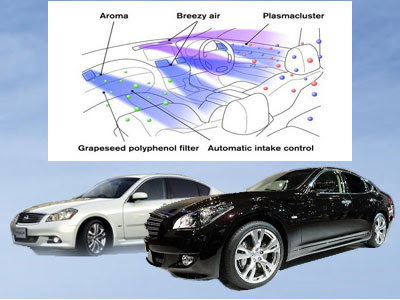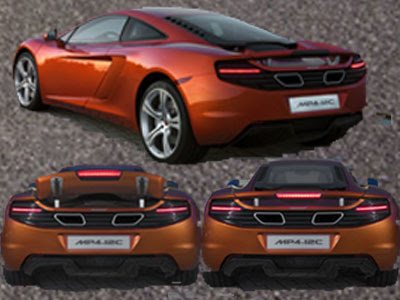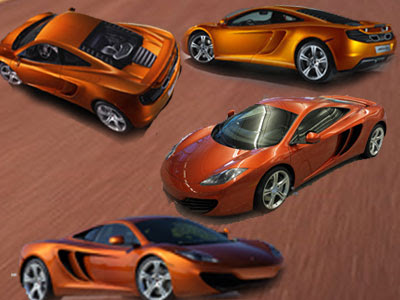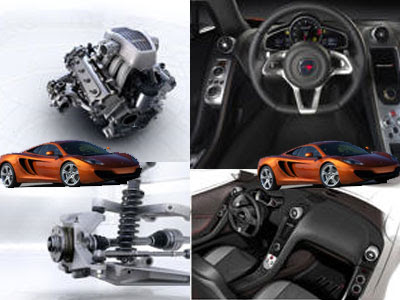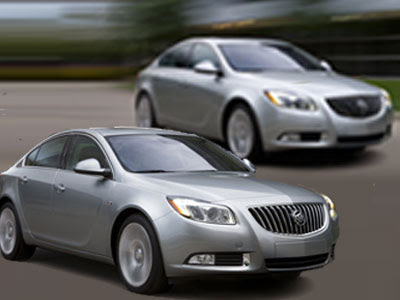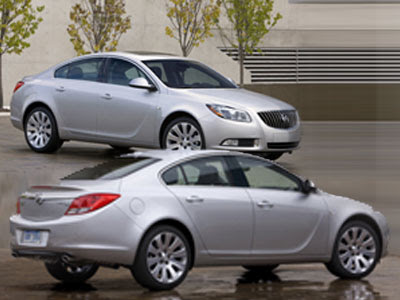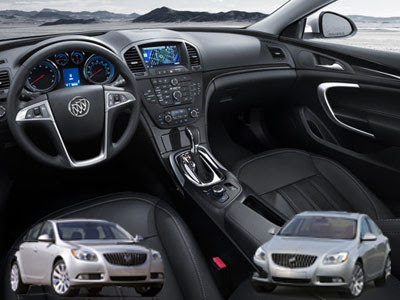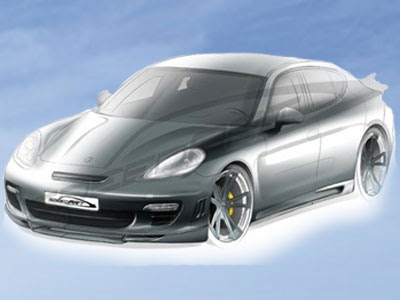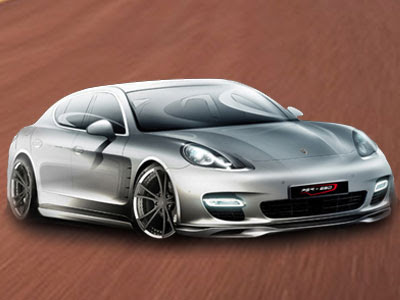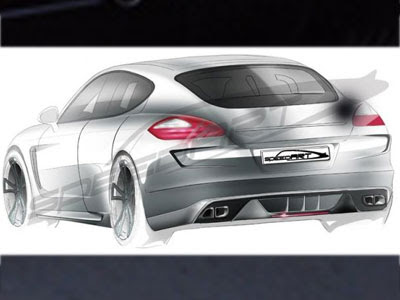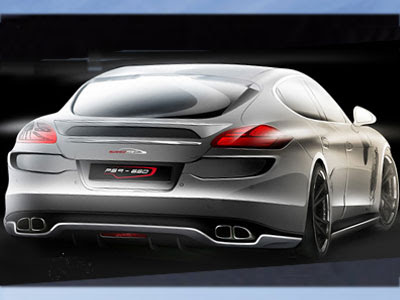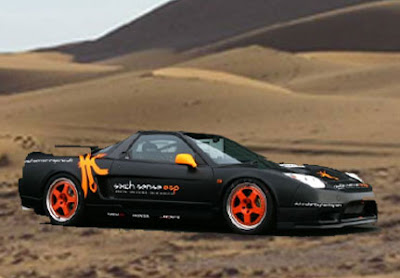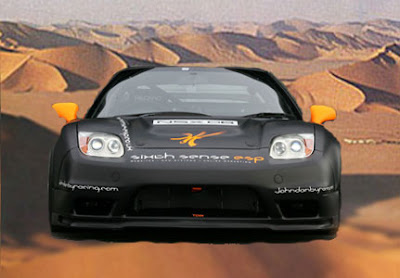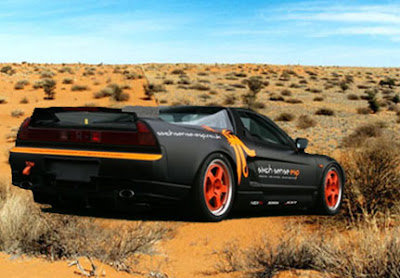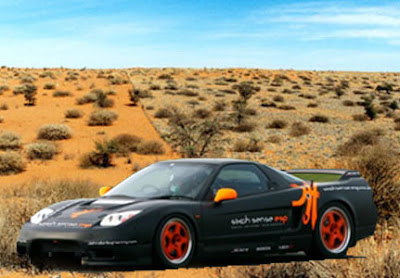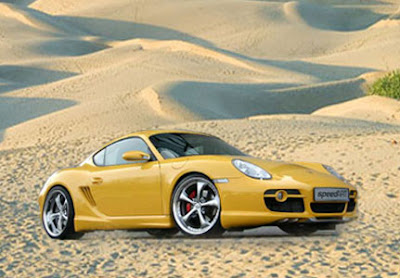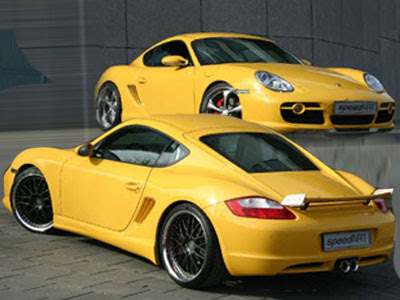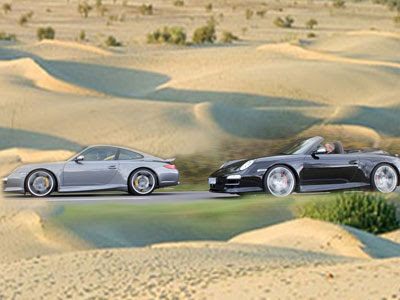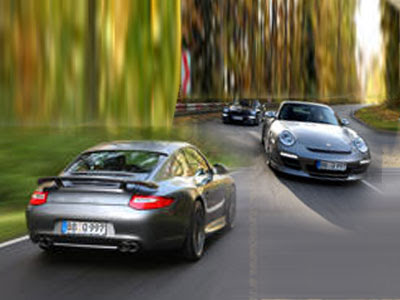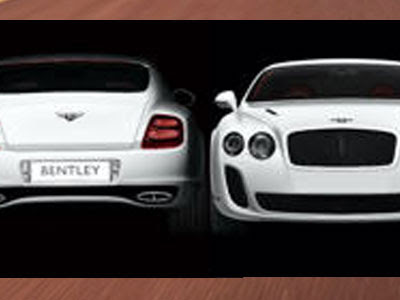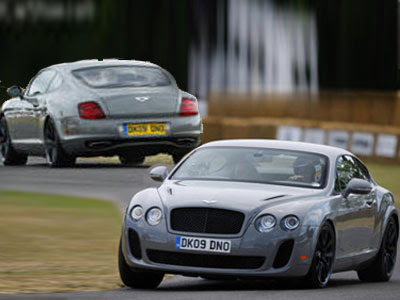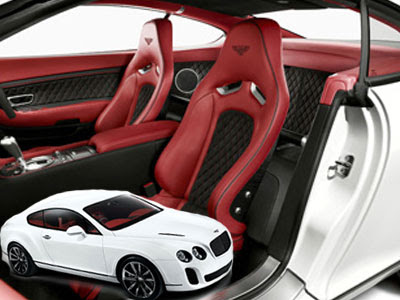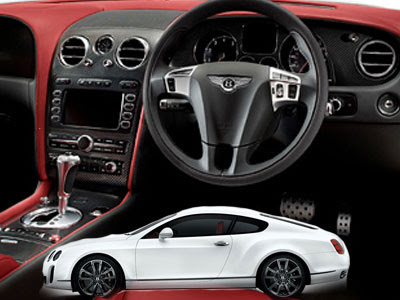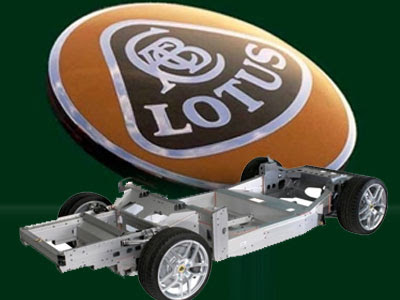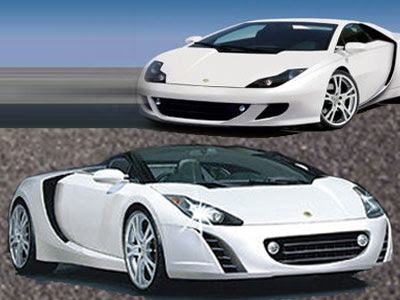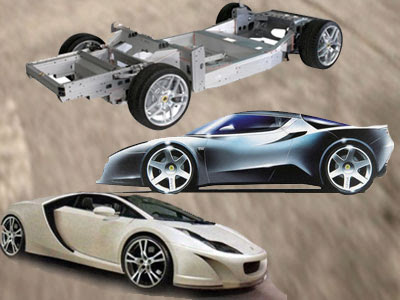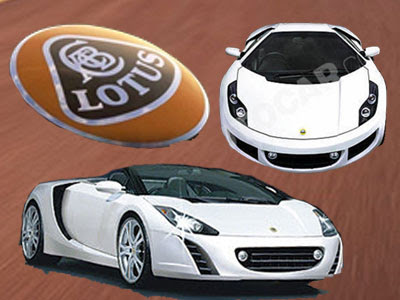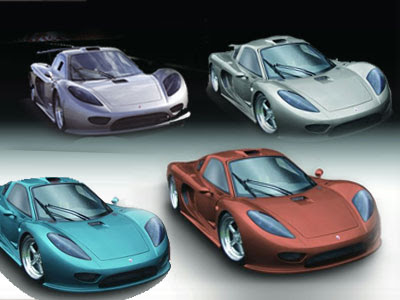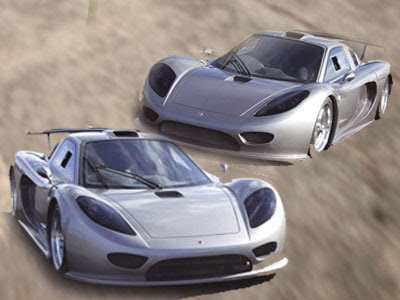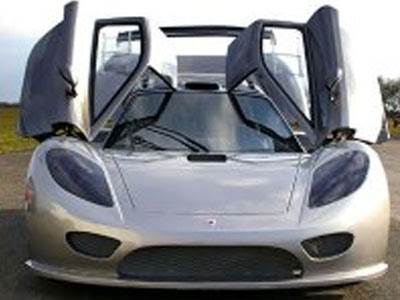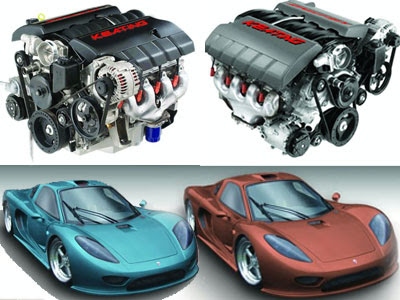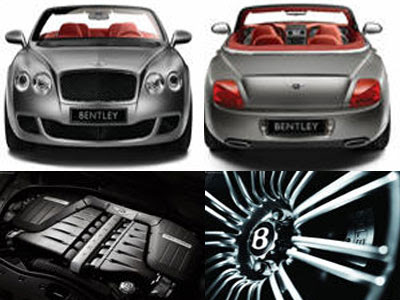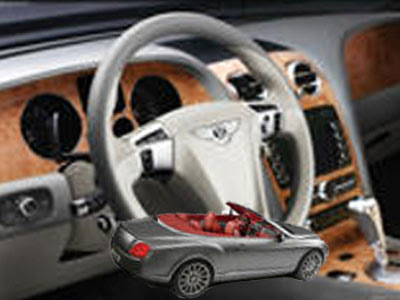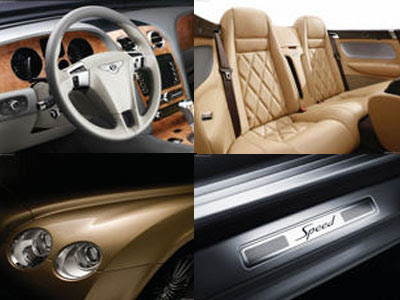The interior of Fuga is garnished with a nice blend of leather and and wood grain panels coated with genuine silver powder, which gives them an immaculate mirror finish. It features a new “Forest AC” air conditioning system that creates the refreshing climate, fragrance and natural breezes of a relaxing forest setting.
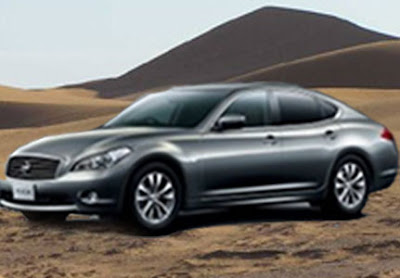
2010 Nissan Fuga Priced Sports Sedan
Nissan has revealed their latest innovation in air conditioning systems - and it's a good one. The "Forest AC" controls the aroma and humidity to help create an optimal interior environment for the occupants. The system uses a number of advanced technologies and is designed to recreate the refreshing climate, fragrance and natural breezes of relaxing forest settings. It was developed based on the results of a joint research study with the Tokyo University of Science on the effects of aroma on human mental activity.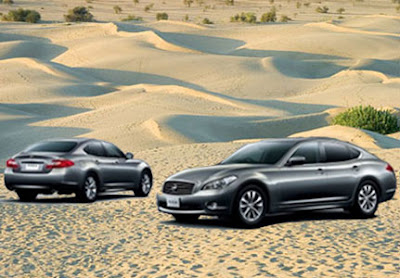

2010 Nissan Fuga Priced Sports Sedan
Along with the air-cleaning and temperature control effect of conventional car air conditioners, the new Forest AC system offers additional control of air flow, humidity, aroma and other ambient factors that can influence the physiological state and senses of the driver and passengers. This is the first automotive system in the world created to make driving more comfortable based on studies of drivers' mental activity.The first vehicle to be equipped with the new system is the 2010 Nissan Fuga.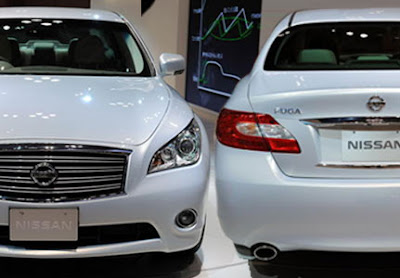

2010 Nissan Fuga Priced Sports Sedan
As we are approaching the new year, manufacturers are announcing new pricing on 2010 updated and new models. One of these new models which was unveiled at this year’s Tokyo Autoshow and received very good media is the Nissan Fuga, an Infiniti based luxury sedan which firstly will go on sale in Japanese domestic market. The car is very well equipped and comes with lots of new features starting at around $45,000.
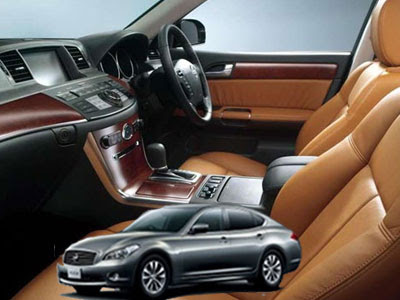
2010 Nissan Fuga Priced Sports Sedan
Since its debut in 2004, the Fuga has been highly praised by customers for its exceptional performance, class-leading interior roominess and a variety of luxurious interior trim options. The new Fuga takes each attribute to a new and higher level.
The new Fuga features a revised model lineup, a redesigned exterior and interior, Nissan’s new VQ35HR and VQ25HR engines and the world’s first*1 Distance Control Assist (Intelligent Pedal) System*2, among other refinements, the combination of which further advances the car’s all-around qualities as a premium sports sedan.

2010 Nissan Fuga Priced Sports Sedan
Living up to its marketing tagline of “SHIFT_luxury,” Fuga transforms the traditional notion of a luxury car. Fuga is available in three grades (GT, GT Type S and GT Type P) for three engine variations (V6 2.5-liter, V6 3.6-liter and V8 4.5-liter). 4WD version is available for 350GT.
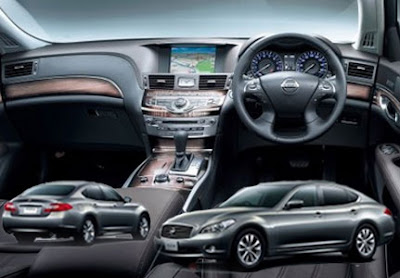
2010 Nissan Fuga Priced Sports Sedan
The new Fuga announces its substantial presence and premium class image with a new “look” featuring redesigned headlights, grille, front and rear bumpers and rear combination lamps. Making even more of a statement is the GT Type S model, with an exterior styling package that includes new side sill spoilers and a “smoky chrome” finish to the inside of the headlights.
